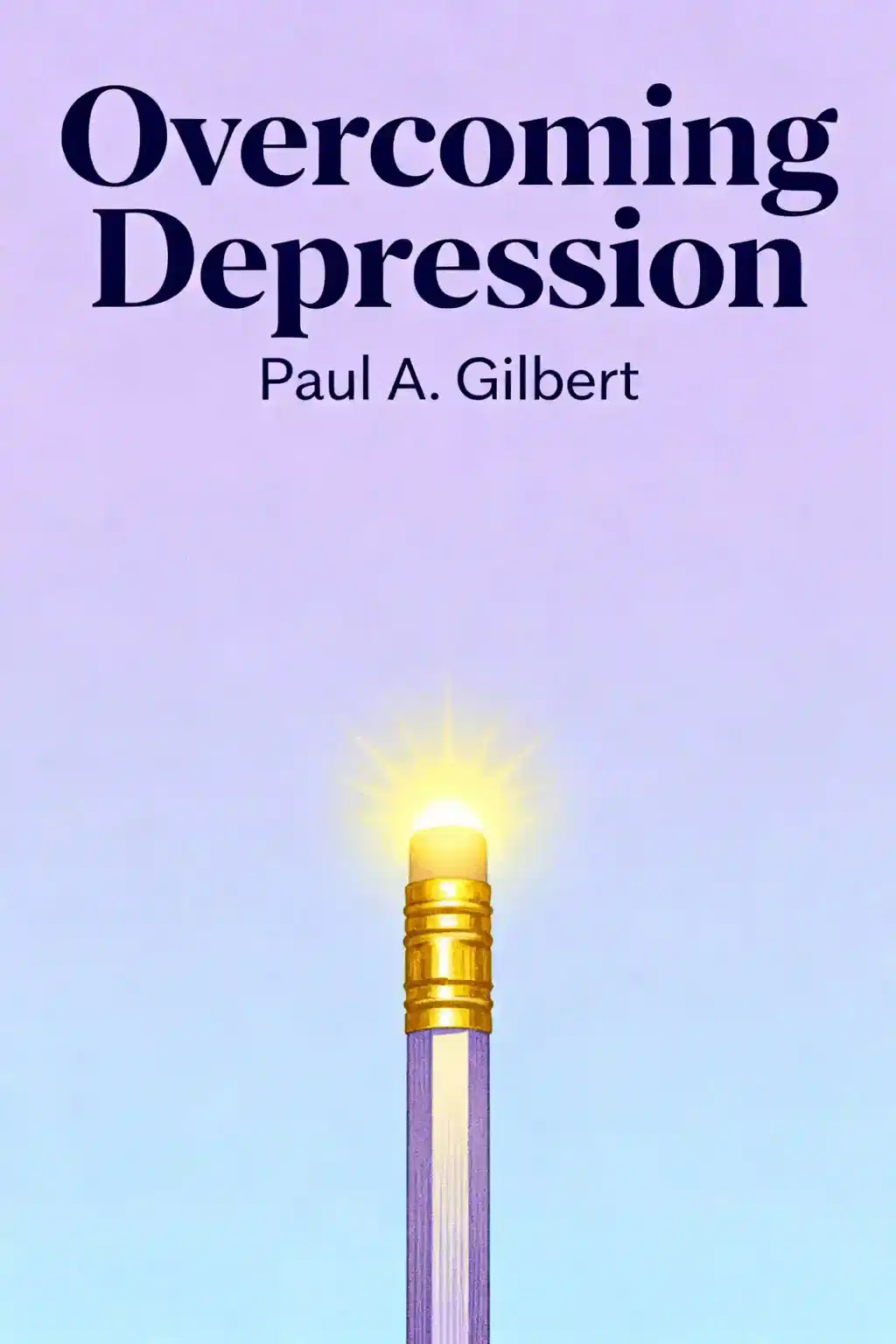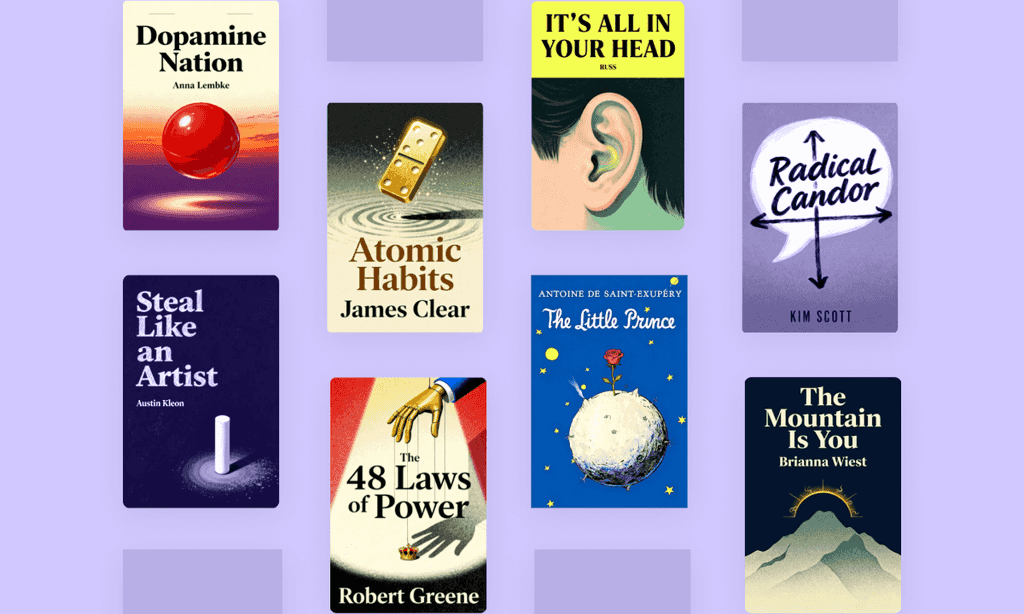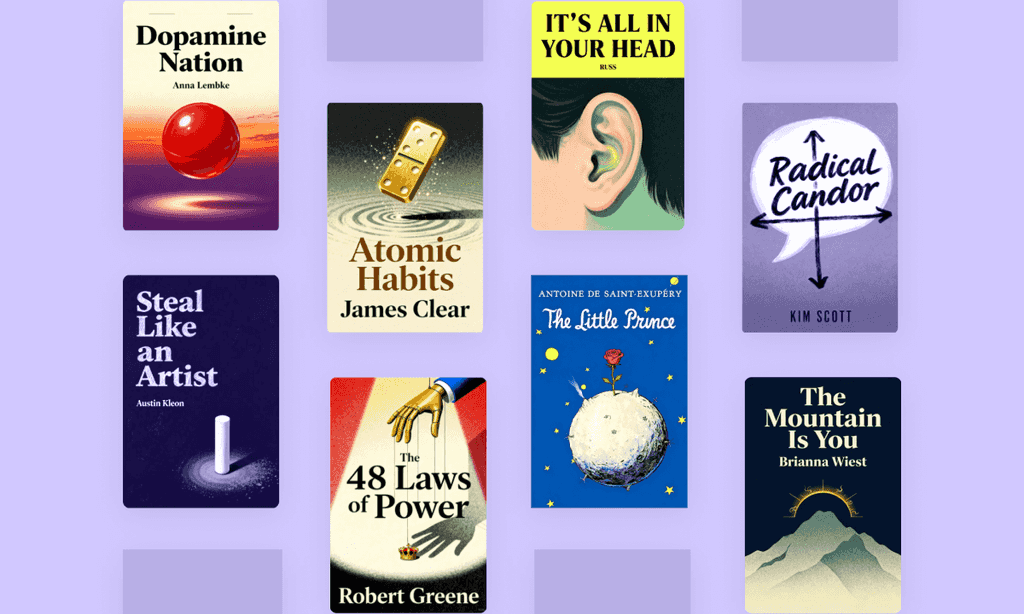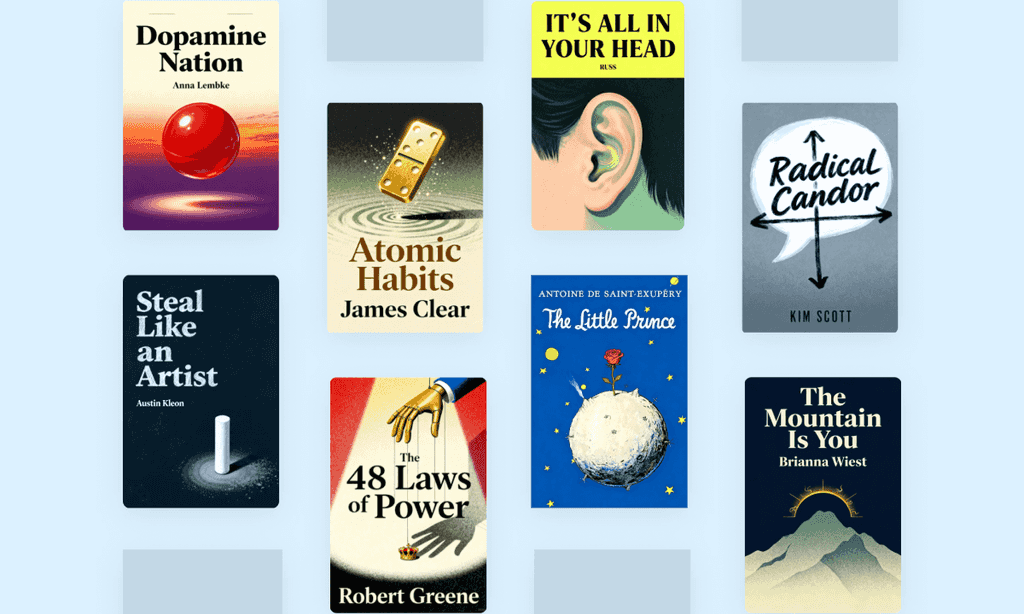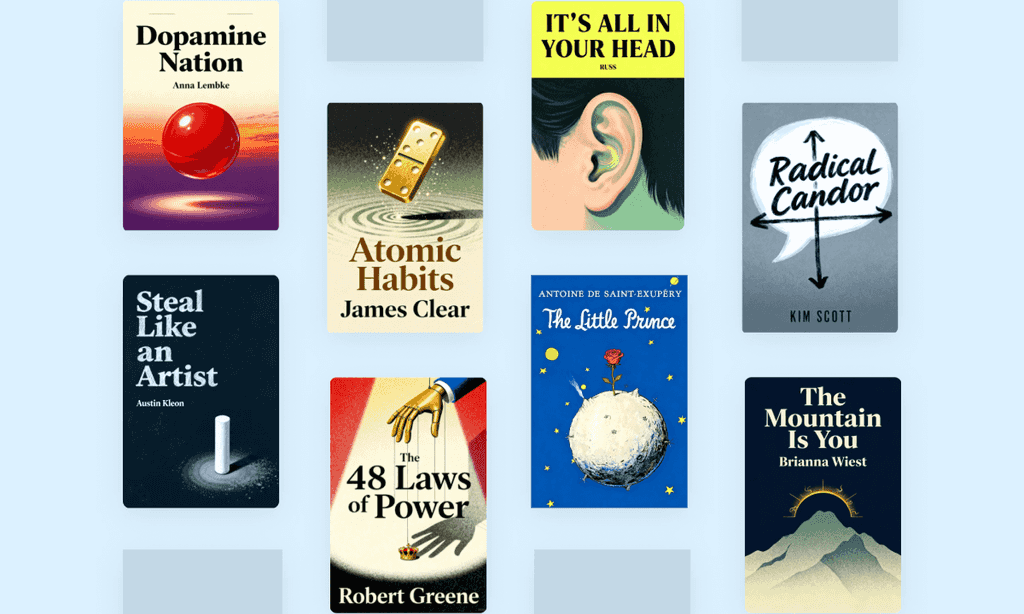
The Feeling Good Handbook by David D. Burns Summary
Transform your mind with "The Feeling Good Handbook" - the CBT guide that's sold 4 million copies and rivals antidepressants in clinical trials. Recommended by therapists worldwide, it's the rare self-help book that actually delivers on its promise.
About the author
David D. Burns, author of The Feeling Good Handbook, is a bestselling psychiatrist and cognitive-behavioral therapy (CBT) pioneer who popularized evidence-based self-help strategies for mental health. He is an adjunct clinical professor emeritus at the Stanford University School of Medicine.
Burns developed T.E.A.M. therapy—a modern evolution of CBT—and created widely used assessment tools like the Burns Depression Checklist. His work bridges clinical research and accessible mental health guidance, reflected in The Feeling Good Handbook’s practical techniques for overcoming anxiety, depression, and relationship challenges.
Burns’ seminal book Feeling Good: The New Mood Therapy has sold over 4 million copies and is frequently prescribed by mental health professionals. His 1988 appearance on The Phil Donahue Show catapulted CBT into mainstream awareness, cementing his reputation as a transformative voice in psychology.
Other notable works include Feeling Great and When Panic Attacks, which expand on his innovative approaches to emotional wellness. Recognized with awards like the A.E. Bennett Prize for brain chemistry research, Burns continues to train clinicians through Stanford workshops and the Feeling Great app, which adapts his methods for digital therapy. The Feeling Good Handbook remains a cornerstone of CBT practice, translated into numerous languages and endorsed for its actionable, science-backed framework.
FAQs About This Book
The Feeling Good Handbook is a practical guide to cognitive-behavioral therapy (CBT) that teaches readers to overcome depression, anxiety, and relationship issues by identifying and challenging distorted thought patterns. It expands on Dr. Burns’ earlier work Feeling Good, offering step-by-step exercises, journaling techniques, and strategies like the "Daily Mood Journal" to reframe negative thinking.
This book is ideal for individuals struggling with depression, anxiety, low self-esteem, or turbulent relationships. It’s also valuable for therapists seeking actionable CBT tools and anyone interested in self-directed mental health improvement through evidence-based methods.
Yes, it’s highly regarded for its structured, actionable approach to mental health. Readers praise its real-life case studies, exercises like thought journals, and its effectiveness in reducing symptoms of depression and anxiety. Over 30 years since publication, it remains a top-recommended resource in CBT.
The book outlines common distortions like all-or-nothing thinking (viewing situations in extremes), personalization (assuming undue blame), and emotional reasoning (believing feelings reflect reality). Dr. Burns provides tools to replace these patterns with balanced, rational responses.
This CBT tool involves logging negative thoughts, identifying cognitive distortions, and crafting rational counterstatements. For example, a thought like “I’m a failure” might be challenged with evidence of past successes, gradually reducing emotional distress through systematic reframing.
- “Your emotions result entirely from the way you look at things.”
Emphasizes that perspective shapes feelings, not external events. - “Motivation follows action.”
Encourages small behavioral steps to build momentum against inertia.
While both focus on CBT, the Handbook offers more hands-on exercises, detailed worksheets, and expanded strategies for relationships and anxiety. It serves as a practical companion to the foundational concepts in Feeling Good.
Yes, it addresses anxiety through techniques like cognitive restructuring, exposure exercises, and methods to challenge catastrophic thinking. Case studies demonstrate reductions in panic attacks and chronic worry.
Some critics argue its self-guided approach may oversimplify severe mental health issues, requiring professional support in complex cases. Others note the workbook-style format demands consistent effort, which may challenge unmotivated readers.
It teaches skills like disarming criticism through empathy, assertive communication, and identifying shared goals. For example, agreeing with a partner’s valid points before expressing your perspective reduces defensiveness.
Its focus on self-empowerment aligns with modern mental health trends favoring non-pharmaceutical interventions. Updated research continues to validate CBT’s efficacy, making the book a timeless resource for managing stress in fast-paced, digitally driven lifestyles.
For deeper exploration, consider Burns’ Feeling Good Together (relationships) or When Panic Attacks (anxiety). Outside his works, Atomic Habits (behavior change) and The Happiness Trap (ACT therapy) offer complementary strategies.
Quick Summary Mode - Read or listen to The Feeling Good Handbook Summary in 11 Minutes
Break down key ideas from The Feeling Good Handbook into bite-sized takeaways to understand how innovative teams create, collaborate, and grow.
Flash Card Mode - Top 11 Insights from The Feeling Good Handbook in a Nutshell
Distill The Feeling Good Handbook into rapid-fire memory cues that highlight Pixar’s principles of candor, teamwork, and creative resilience.

Fun Mode - The Feeling Good Handbook Lessons Told Through 21-Min Stories
Experience The Feeling Good Handbook through vivid storytelling that turns Pixar’s innovation lessons into moments you’ll remember and apply.
Personalize Mode - Read or listen to The Feeling Good Handbook Summary in 0 Minutes
Ask anything, pick the voice, and co-create insights that truly resonate with you.

From Columbia University alumni built in San Francisco
See More Stories?

Get the The Feeling Good Handbook summary as a free PDF or EPUB. Print it or read offline anytime.




